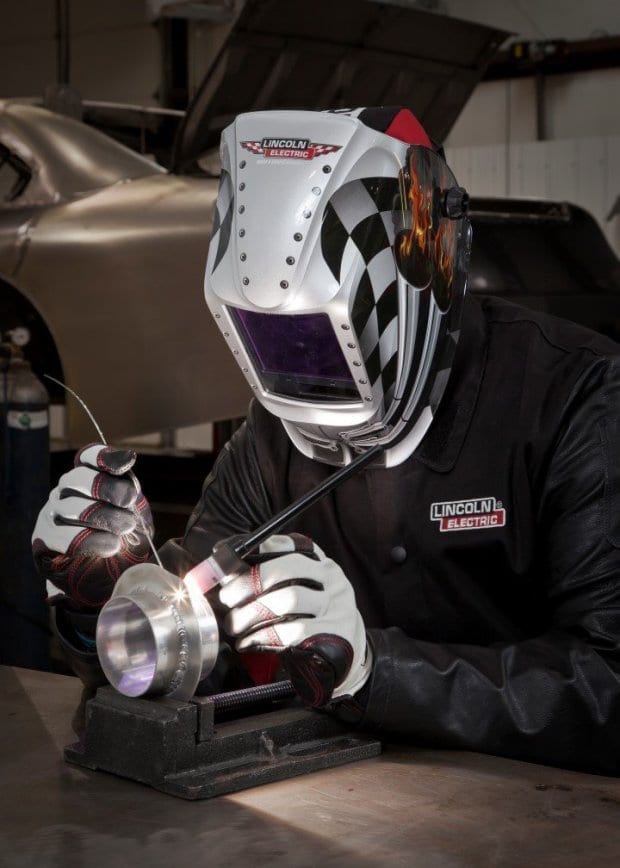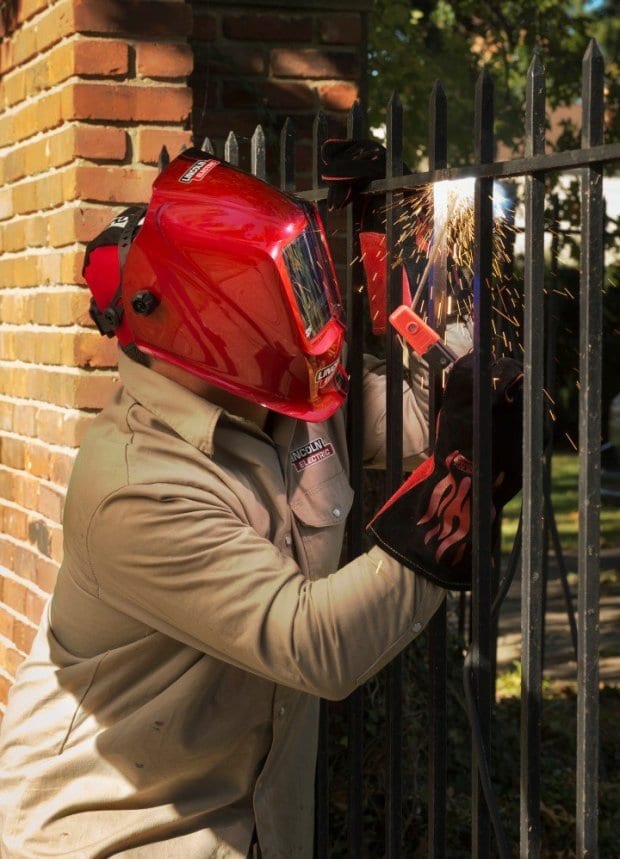What is welding? The starting point of mastering any craft is understanding how it functions. Basically, welding represents the liquefaction of base metals combining heat to fuse them together for the final touch. There are three standard ways of welding or better to say the famous three TIG, MIG and Stick. For the highest quality weld and the best visual look, much cleaner than other methods we use TIG (inert tungsten gas). For thicker or dirty materials Stick welding (SMAW) is the answer, conduct the process outdoor for practical reasons. The most commonly used type of welding MIG (inert metal gas), according to experts it is easier to learn, cleaner then STICK and depending on the thicknesses of materials it has the maximum usage in practice. Let us talk about the pointers that will allow you to try this skill on your own.

Source: makezine.com
Safety measures must be taken before the start of the procedure, meaning the acquisition of the requested equipment such as safety glasses, welding helmet, fire resistant jacket, and welding gloves. Above all, you must insist on the welding helmet of top quality to ensure your health. The most significant percentage of injuries have occurred because of the lack of a welding helmet or the poor quality of the mentioned safety part of the equipment. We suggest the welding expert tools as an obligation to yourself and your health. These small details make any craft and skill easier for learning and applying.
A safe working environment for other people must be arranged around your work area to eliminate potentially harming somebody else in the process. You will need a work permit from the local fire department, and also a competent and certified fire watches with officially approved and working fire extinguishers to get started.
Prepare your item for the welding, it must be clean if you expect to get good adherence in the mating surfaces, tidy, helpful and clean surface will be requested. Use a wire brush to clean black iron on steel pipe before you start, this is the most effective and practical way of cleaning rust from metal and cheap also.
The Input voltage is a crucial part to mention, in most households, workshops, and garages you have on your disposal two available options 110v or 230v. For thinner materials is recommended the use of lower input voltages, and for the processing of the thicker materials, a higher input voltage is preferable. With experience, according to experts, you will be able to handle whether thicker or thinner materials, never minding which option of energy is at your hand to use 110v or 230v.

Source: makezine.com
User Interface will depend on the machine you pick to help you in the welding process, because of the lack of needed experience in the matter.
We suggest purchasing a machine that allows you to select your process, the thickness and material type you’re going to weld. Good devices will automatically register which input voltage you are plugged into and will adjust settings accordingly which will allow you to focus on welding.
Note that when choosing the material you must also apply the necessary type of welding explained above. Now you know what you need to have from equipment, where and how to set it up. Be careful and persistent, always keep trying to improve.
